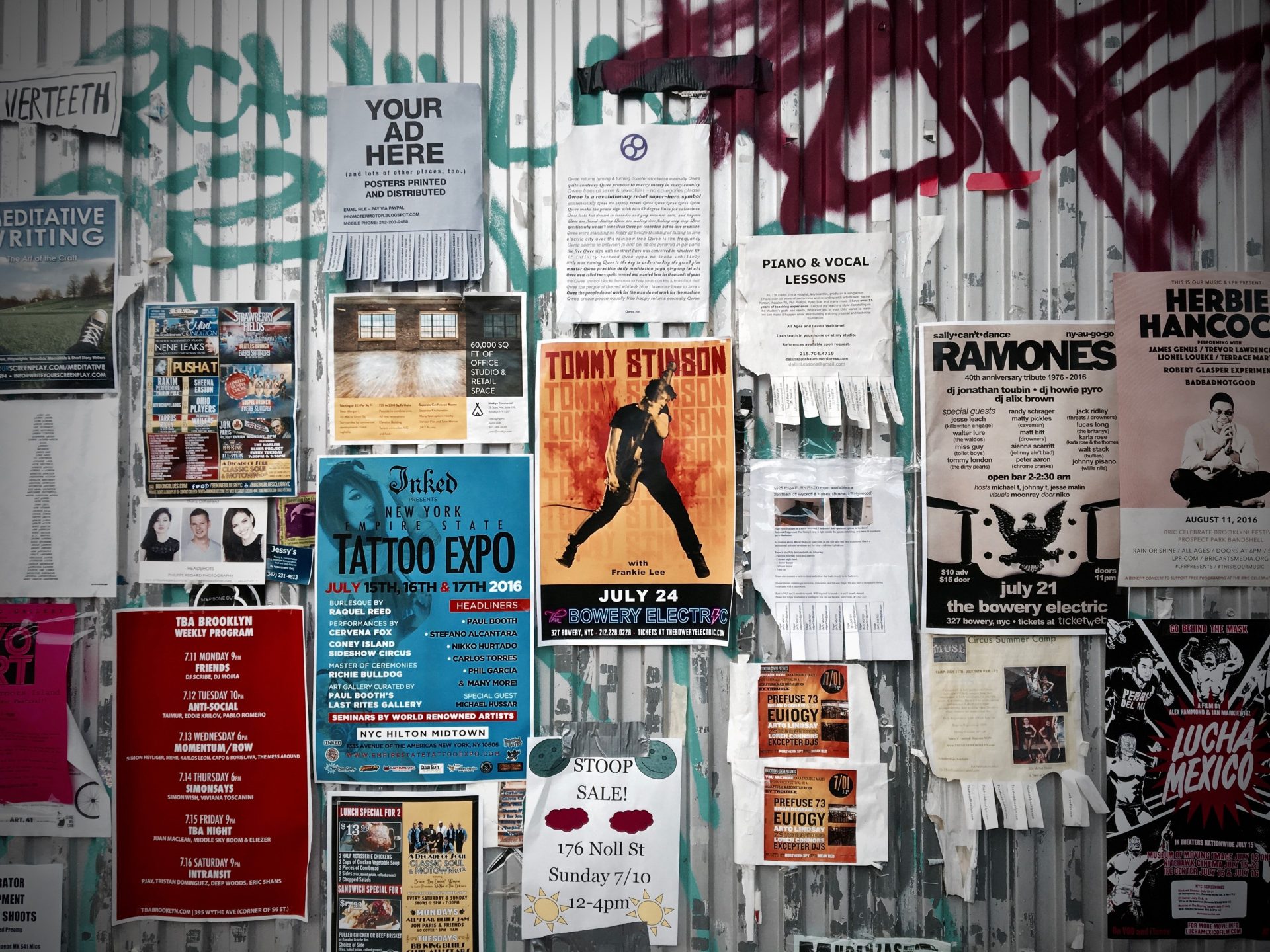Poster printing in Singapore and designing can get somehow tricky despite sounding simple and straightforward if you think about it. Many people either do too much or do too little, making a poster either too overwhelming or not attractive at all. Just doing a poster design is one thing, but making sure that it can work effectively in drawing people in and convincing them into what you are promoting is another thing. Not only that you have to pay attention to the wordings and images, but you also have to make sure that the design is compatible with printing and that the choice of material is good enough to withstand the conditions of where the poster will be put up.
1. CMYK vs RGB
There are two most common color combination that is used in design and printing, which are the CMYK (cyan, magenta, yellow, black) and RGB (red, green, blue) color processing. As you can see, the two of them uses different sets of color base to create different colors. As you design, it is better to match the color combination that is used for printing (printer ink) which is the CMYK color combination. RGB colors that are used in designing software’s defaults tend to be brighter. If you design in RGB and print in CMYK, there is a chance that you might won’t be pleased with the result due to the slight difference that may occur. Either you have to change the setting from the get go, or convert the RGB colors using Photoshop’s Gamut Warning Tool into CMYK colors.
2. Resolution
All the elements used in the design of a poster need to be of high quality and high resolution. At the very least, all images need to be in 300 dpi to make sure that they won’t get pixelated or stretched upon printing. This is very important especially if you are printing a large poster. The larger a poster is, the higher the chance of an image to get stretched and pixelated. One of the simplest ways to check the quality of the images that you use is by zooming them all the way up to 600%. If they can retain their image quality, then they’re good enough. If not, then they need to get disposed of.
3. Size and Material
This somehow sounds like working backward, but you have to first check the place where you will put up your poster in. With that, you can know the most appropriate poster size for the place. Then, check with the printing service of your choice if the desired size is available. Only then you can start designing. This way, you can design in a more accurate dimension and measurement according to the available paper stock, according to the place where your poster will be up. The height and width of your poster design will match the paper.
The choice of the right material also depends on the poster’s place of set up. Some materials are more suitable for outdoors, some are indoors.
